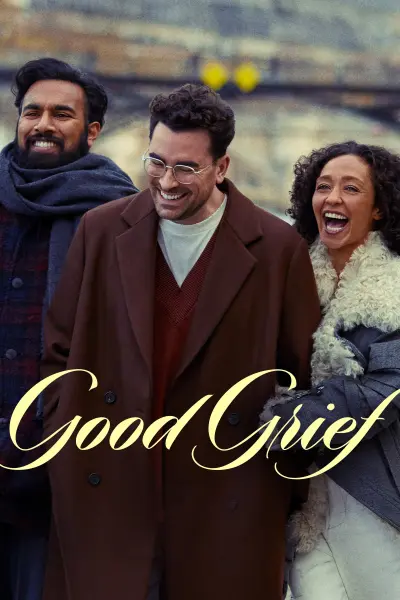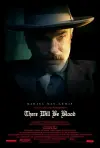
"Good Grief," a Netflix original directed, written, and led by Dan Levy, stands out as a profound exploration of grief and the journey of self-discovery. Central to the film is Marc's emotional odyssey, portrayed by Levy, as he deals with the aftermath of his husband Oliver's demise. The plot thickens with Marc's discovery of Oliver's infidelity a year after his death. This pivotal moment propels Marc and his closest friends, Sophie and Thomas, to Paris, embarking on a quest to find solace and understanding amidst the complexities of grief and betrayal.
The film delves into the impact of grief on creativity and personal expression. Marc, a professional artist, is depicted as struggling to engage in his art, symbolizing the profound paralysis that often accompanies significant loss. The narrative is delivered with a blend of humor and charm, reminiscent of a Richard Curtis romantic comedy, yet deeply rooted in the poignant theme of grieving. It portrays Marc's struggle to rediscover his passion and redefine his life in the absence of his partner.
A notable aspect of "Good Grief" is its portrayal of the grieving process as an intensely personal and individual experience. The film emphasizes that there is no universal right or wrong way to grieve. It provides a reflective space for the audience to connect with their own experiences of loss. This approach is achieved through a narrative that focuses more on creating a space for grief rather than seeking conventional closure or definitive answers.
In terms of character development, Marc's character is crafted with depth and authenticity. Levy's portrayal balances the emotional burden of grief with a certain lightness, preventing the film from becoming excessively somber. The dynamic among the cast members enhances the film's emotional depth, making their interactions and personal struggles relatable and realistic.
However, "Good Grief" has its fair share of criticism. Some critiques point out that the supporting characters, particularly Sophie and Thomas, appear more as extensions of Marc's journey than as fully fleshed-out characters. This perspective suggests a missed opportunity to explore their individual stories and backgrounds. Furthermore, the film faces occasional challenges in pacing, at times losing its narrative rhythm but generally manages to recover.
In conclusion, "Good Grief" offers a thoughtful and therapeutic insight into the process of grieving. It eschews traditional narrative structures and clear-cut resolutions, instead opting for a contemplative portrayal of how individuals manage and cope with loss. The ending of the film is both stylistic and artistic, subtly conveying that healing is a gradual and continuous process. With its mixture of humor, emotional depth, and sincerity, "Good Grief" resonates on a deeply personal level, reminding viewers of the diverse and unpredictable nature of the grieving process.


